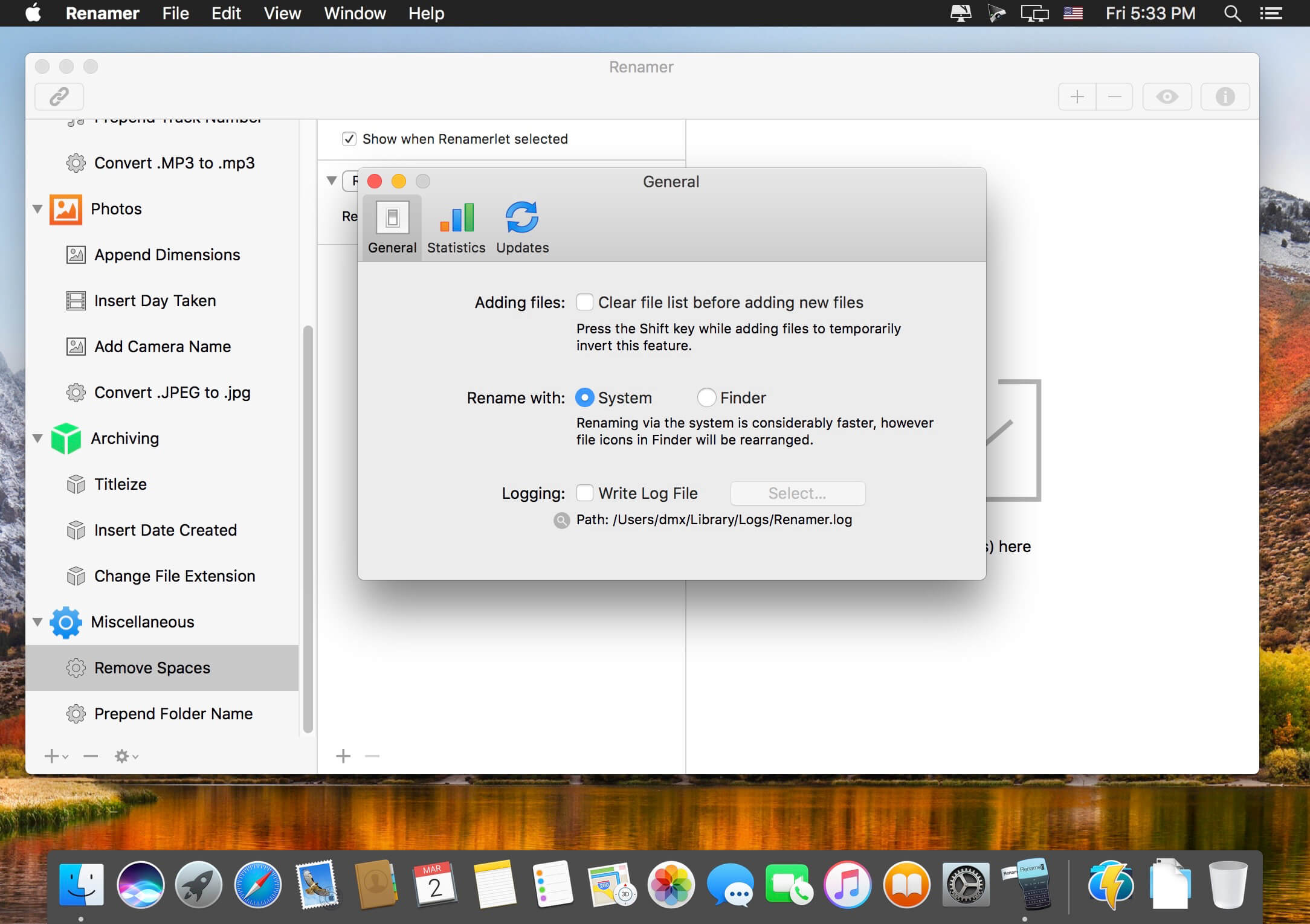
Sponsoring QGIS helps us to fund our regular developer meetings, maintain project infrastructure, and fund bug fixing efforts. If you would like to become an official project sustaining member, please visit our sustaining member page for details. A current list of donors who have made financial contributions large and small to the project can be seen on our donors list.

QGIS is supported by donors and sustaining members. From the QGIS community, we hope you enjoy this release! If you wish to donate time, money, or otherwise get involved in making QGIS more awesome, please wander along to QGIS.ORG and lend a hand! We would also like to extend a big thank you to the developers, documenters, testers, and all the many folks out there who volunteer their time and effort (or fund people to do so) to make these releases possible. The QGIS Community has also seen an uptick in activity in the QGIS HUB, as well as the Virtual QGIS Open Days, with the Cutting Edge Open Day showcasing a number of demonstrations which leverage rich QGIS functionality that was introduced in more recent releases.

Another key highlight is the native integration of the nominatim geocoding service, which will allow users to search locations and addresses using data from the OpenStreetMap project directly from the QGIS locator bar. Amongst these improvements to CRS management are the basic support for coordinate epoch of dynamic CRS systems and advanced accuracy integrity warnings, placing QGIS 3.20 firmly at the leading edge of GIS and data management practices for high accuracy systems.Īdditionally, users can expect improved metadata management and handling for certain data and metadata types. Included in this release are numerous data management improvements, with some advanced changes to the management and display of CRS systems and projection information. This release introduces a host of subtle changes and stability updates, reinforcing the vast catalog of cutting-edge features introduced in recent QGIS releases. The ring fortress in Odense is called Nonnebakken.
NAME MANGLER INCREMENT REGULAR EXPRESSION BLUETOOTH
At the bottom left of the map you see the ruins of one of the large Viking-Age ring-shaped fortress, which were constructed in Denmark by the Danish Viking king Harald Bluetooth (died c. The name Odense literally means “Odin’s temple”, and the place may have originally been a shrine to the pagan god Odin. Civitates orbis terrarum was long the main source of maps of the world’s cities, such as Paris, London, Mexico City and Aden. Georg Braun’s maps are all beautiful and were, for the period, produced at a high cartographic level. The map was published by Georg Braun (1541-1622) in the work Civitates orbis terrarum (Cities of the World).

QGIS 3.20 Odense features a splash screen which displays a section of the earliest map of Denmark’s third largest city, Odense from 1593.


 0 kommentar(er)
0 kommentar(er)
